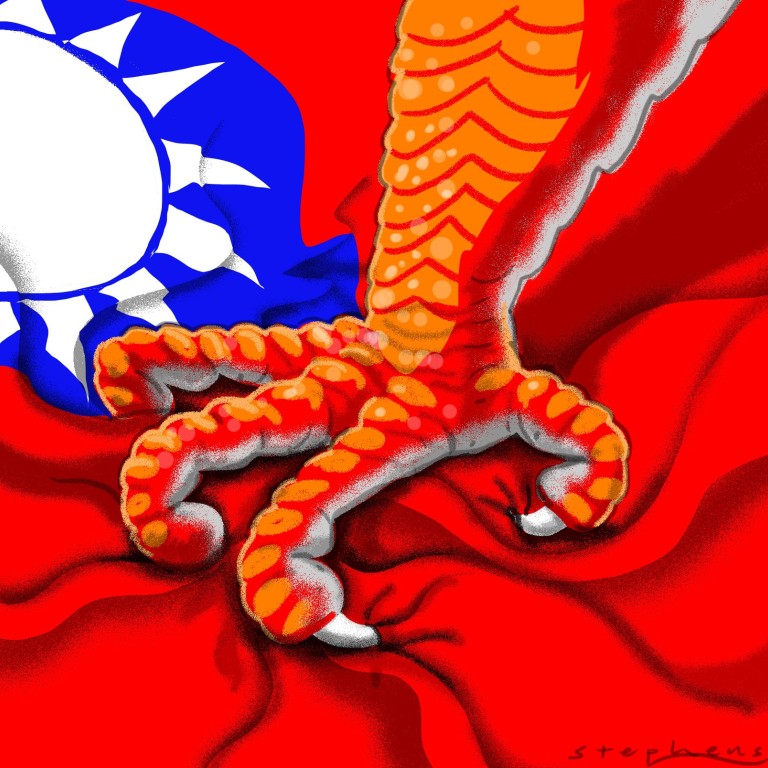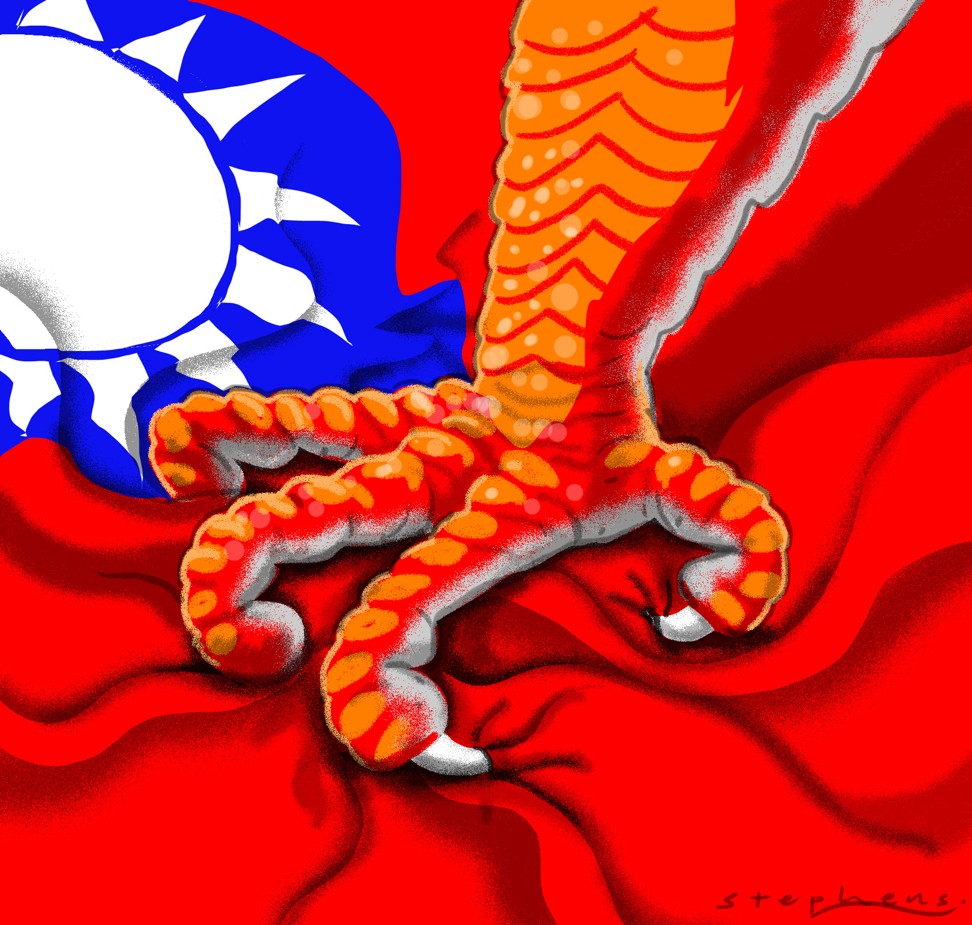
Is China planning to take Taiwan by force in 2020?
Deng Yuwen believes Beijing is coming to the conclusion that if it is to achieve reunification with Taiwan, as Xi Jinping has pledged to do at the 19th party congress, it has to do so by force, and sooner rather than later

A list of 14 items describe this new era, and one of them involves reunification with Taiwan. This means Beijing must take control of Taiwan by 2050 at the latest.
Plainly, as long as Taiwan remains outside the Chinese fold, the “great rejuvenation” of the Chinese nation cannot happen.
No surprise, then, to hear Xi say that Beijing would never allow “any individual, any organisation, any political party, at any time or by any means, to split any single piece of the Chinese territory”.
“The day a US Navy vessel arrives in Kaohsiung is the day that our People’s Liberation Army unifies Taiwan with military force,” he told mainland media.
Since Xi came to power, the party has been open about its wish for the PLA to be battle-ready. No doubt the army’s first target would be Taiwan.
As a leader who is bent on raising China’s global stature to a level that rivals the nation’s glory years in Han and Tang times, Xi would surely not tolerate an indefinite split between Taiwan and the mainland.
Beijing warns of pro-independence turmoil in ties with Taipei in 2018
Nonetheless, the points raised so far only signal that Beijing has a timetable in mind to unify Taiwan with China, but they do not explain why the PLA could move to take Taiwan by force in 2020.
A combination of factors could point to a military confrontation.
Watch: How Hong Kong and Taiwan people feel about relations with China
Second, as one generation of Taiwanese replaces another, the “Chinese” identity among the people will only grow weaker.
Third, the influence of Taiwan’s political parties is waning. Even if the Kuomintang wins back power, it would not be in a position to lead cross-strait unification.
Fourth, more and more Chinese are calling for unification by force.
Thus, though on the surface Beijing has continued to call for a peaceful reunification, it has in fact ditched the idea.
Though on the surface Beijing has continued to call for a peaceful reunification, it has in fact ditched the idea
As Beijing believes it has to use force to reunite with Taiwan, the next step would be to find a good time to do so. The year 2020 offers such an opportunity.
This would act as a driving force for China to take back Taiwan by force. If China becomes a well-off nation with Taiwan in its fold, it would mean a historic achievement for Xi.
Next, Trump’s national security strategy not only labels China and Russia as America’s “strategic rivals”, it also pledges to maintain strong ties with Taiwan. This will quicken Beijing’s plans to take back Taiwan by force.
In reality, China and the US are, of course, strategic rivals. But by stating it in its security strategy, the US indicates a shift in its long-term policy on China, letting it be known that it would seek to contain China rather than work with it. This would lead Beijing to conclude that it should resolve the Taiwan problem sooner rather than later.
Why Trump’s new security strategy on China and Taiwan means the gloves are off in Sino-US rivalry
At the 19th party congress last October, Xi pledged a major upgrade in mechanisation and the communications systems in the armed forces by 2020, which would greatly enhance the country’s strategic capabilities.
By 2035, he said, China would have completely modernised its defence forces; by the middle of the century, it would become a world-class military force.
The military has come a long way since reforms were launched four years ago. And fighting a war would be the best way to gauge its improvements.
In today’s China, more and more people are advocating the use of force to unify Taiwan with the mainland.
A series of military drills focused on Taiwan in recent days has also raised speculation that the mainland is preparing itself for a military invasion. It is likely that such “encirclement patrols” might become routine.
Increased military drills suggest mainland China is preparing to strike against Taiwan, experts say
Tsai Ing-wen vows to boost Taiwan defence budget amid military threats
All is set for Beijing to unify with Taiwan by force, except for one thing – a pretext or a reason to take action. Emboldened by US support, the Taiwanese government that Tsai leads may well test China’s bottom line by further cementing its ties with America, such as with the proposed exchanges between US and Taiwanese navies.
Finally, whether Beijing decides to mobilise against Taiwan in 2020 will still depend on the decision of its leaders.
Xi may be tempted to secure the historic achievement of reunification as part of his legacy. Furthermore, if war breaks out, the peacetime systems and procedures will have to be set aside.
This will allow Xi to stay in power beyond his expected retirement in 2022, to give him more time to work on realising the Chinese dream of rejuvenation.
I do not want to see war breaking out. For this reason, we must pay more attention to what happens in 2020.
Deng Yuwen is a researcher at the Charhar Institute think tank. This article is translated from Chinese

